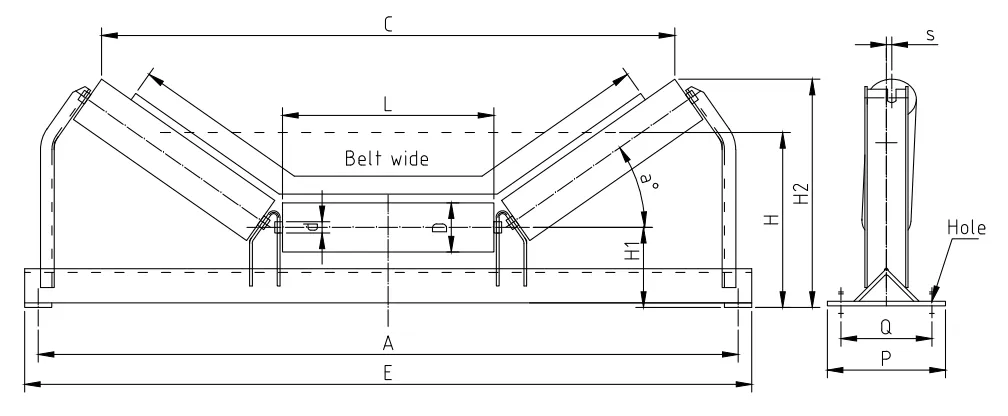 Afrikaans
Afrikaans  Albanian
Albanian  Amharic
Amharic  Arabic
Arabic  Armenian
Armenian  Azerbaijani
Azerbaijani  Basque
Basque  Belarusian
Belarusian  Bengali
Bengali  Bosnian
Bosnian  Bulgarian
Bulgarian  Catalan
Catalan  Cebuano
Cebuano  Corsican
Corsican  Croatian
Croatian  Czech
Czech  Danish
Danish  Dutch
Dutch  English
English  Esperanto
Esperanto  Estonian
Estonian  Finnish
Finnish  French
French  Frisian
Frisian  Galician
Galician  Georgian
Georgian  German
German  Greek
Greek  Gujarati
Gujarati  Haitian Creole
Haitian Creole  hausa
hausa  hawaiian
hawaiian  Hebrew
Hebrew  Hindi
Hindi  Miao
Miao  Hungarian
Hungarian  Icelandic
Icelandic  igbo
igbo  Indonesian
Indonesian  irish
irish  Italian
Italian  Japanese
Japanese  Javanese
Javanese  Kannada
Kannada  kazakh
kazakh  Khmer
Khmer  Rwandese
Rwandese  Korean
Korean  Kurdish
Kurdish  Kyrgyz
Kyrgyz  Lao
Lao  Latin
Latin  Latvian
Latvian  Lithuanian
Lithuanian  Luxembourgish
Luxembourgish  Macedonian
Macedonian  Malgashi
Malgashi  Malay
Malay  Malayalam
Malayalam  Maltese
Maltese  Maori
Maori  Marathi
Marathi  Mongolian
Mongolian  Myanmar
Myanmar  Nepali
Nepali  Norwegian
Norwegian  Norwegian
Norwegian  Occitan
Occitan  Pashto
Pashto  Persian
Persian  Polish
Polish  Portuguese
Portuguese  Punjabi
Punjabi  Romanian
Romanian  Russian
Russian  Samoan
Samoan  Scottish Gaelic
Scottish Gaelic  Serbian
Serbian  Sesotho
Sesotho  Shona
Shona  Sindhi
Sindhi  Sinhala
Sinhala  Slovak
Slovak  Slovenian
Slovenian  Somali
Somali  Spanish
Spanish  Sundanese
Sundanese  Swahili
Swahili  Swedish
Swedish  Tagalog
Tagalog  Tajik
Tajik  Tamil
Tamil  Tatar
Tatar  Telugu
Telugu  Thai
Thai  Turkish
Turkish  Turkmen
Turkmen  Ukrainian
Ukrainian  Urdu
Urdu  Uighur
Uighur  Uzbek
Uzbek  Vietnamese
Vietnamese  Welsh
Welsh  Bantu
Bantu  Yiddish
Yiddish  Yoruba
Yoruba  Zulu
Zulu Different Types of Bearing Housings and Their Applications in Machinery
Understanding Bearing Housing Types A Comprehensive Overview
Bearing housings play a crucial role in the performance and durability of machinery by providing support and alignment to bearings. They not only help in the accurate positioning of the bearing but also protect them from external contaminants such as dust, moisture, and other environmental factors. The choice of bearing housing significantly affects the efficiency and longevity of the machinery in which they are used. In this article, we will explore the different types of bearing housings, their applications, and the factors to consider when selecting an appropriate type for your needs.
Types of Bearing Housings
1. Flanged Bearing Housings Flanged bearing housings are characterized by a flange that allows them to be easily mounted on surfaces. This design improves stability and alignment during operation, making flanged housings suitable for applications that require robust support. Commonly used in machines where space efficiency is crucial, these housings can accommodate both ball and roller bearings.
2. Pillow Block Housings Pillow block housings are one of the most versatile types of bearing housings. They feature a sturdy base plate that allows them to be bolted to a supporting structure. Pillow blocks can house various types of bearings, including spherical roller bearings and deep groove ball bearings. Their ability to adjust to shaft misalignment makes them a popular choice in conveyor systems and agricultural machinery.
3. Take-Up Bearing Housings Take-up bearing housings are specifically designed to facilitate adjustments in axial position, which is essential for tensioning applications. These housings allow for easy movement along a shaft or adjustment of bearing position, making them ideal for belt-driven systems. They help in maintaining proper tension, contributing to increased efficiency and reduced wear on the system.
4. Split Bearing Housings One of the key advantages of split bearing housings is that they can be serviced without disassembling the entire assembly. These housings are divided into two halves, allowing easy access to the bearings for maintenance or replacement. This design significantly reduces downtime and is often favored in industrial applications where frequent maintenance is necessary.
5. Solid Bearing Housings Solid bearing housings are made from a single piece of material, providing exceptional strength and durability. They are typically used in heavy-duty applications where robust support is necessary. Due to their structural integrity, solid housings can withstand high loads and adverse operating conditions, making them suitable for applications in mining, construction, and manufacturing.
bearing housing types

Factors to Consider When Selecting Bearing Housings
1. Load Capacity The load capacity of the bearing housing should match the operational requirements of the application. Consider the type of loads the machine will experience, including radial and axial loads, and choose a housing that can adequately support these forces.
2. Environmental Conditions The operating environment plays a significant role in selecting the right bearing housing. For applications exposed to dust, moisture, or corrosive substances, opting for sealed or weatherproof housings can enhance protection and longevity.
3. Alignment and Vibration Proper alignment of the bearing housing is crucial to minimize vibration and ensure smooth operation. Misalignment can lead to premature wear and failure. Choose a housing that allows for adjustment and facilitates accurate shaft alignment.
4. Maintenance Requirements Consider the ease of maintenance associated with the bearing housing type. Some designs, like split housings, allow for easy bearing replacement, whereas others may require more extensive disassembly.
5. Cost and Availability Finally, consider your budget and the availability of various bearing housing types. While it may be tempting to choose the lowest-cost option, it’s essential to balance cost with quality and performance to ensure long-term reliability.
Conclusion
Bearing housings are an integral part of machinery design, influencing performance, reliability, and maintenance efficiency. Understanding the different types of bearing housings available and the factors affecting their selection can help engineers and technicians make informed decisions that enhance the overall effectiveness of their machines. Whether you are working in manufacturing, agriculture, or any other industry that relies on rotating equipment, the right bearing housing can contribute significantly to operational success and longevity.
-
Revolutionizing Conveyor Reliability with Advanced Rubber Lagging PulleysNewsJul.22,2025
-
Powering Precision and Durability with Expert Manufacturers of Conveyor ComponentsNewsJul.22,2025
-
Optimizing Conveyor Systems with Advanced Conveyor AccessoriesNewsJul.22,2025
-
Maximize Conveyor Efficiency with Quality Conveyor Idler PulleysNewsJul.22,2025
-
Future-Proof Your Conveyor System with High-Performance Polyurethane RollerNewsJul.22,2025
-
Driving Efficiency Forward with Quality Idlers and RollersNewsJul.22,2025





























